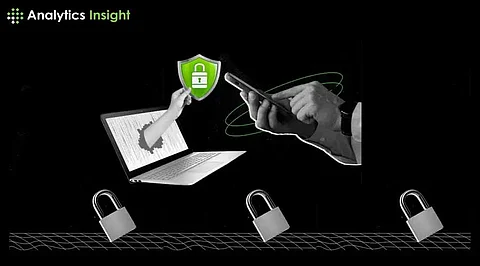

In an era where cyber threats are becoming more complex and frequent, securing sensitive data is paramount for businesses. As we move into 2025, Security Information and Event Management (SIEM) platforms are at the forefront of cybersecurity solutions. These platforms are not only enhancing real-time threat detection but also leveraging AI and automation to streamline incident responses. As organizations face increasingly sophisticated risks, choosing the right SIEM platform is essential to safeguard their digital assets and ensure compliance with evolving regulations. Here's a rundown of the best SIEM platforms shaping the future of data protection this year.
SentinelOne Singularity SIEM – Employs AI-driven analytics and hyper-automation for fast threat detection and response. Rapid-time security monitoring in the cloud-native architecture allows high speed security operation.
Splunk (Cisco Systems) – Provides scalable log-management and real-time threat detection capabilities, with machine learning-based anomaly detection
LogRhythm SIEM – Provides out-of-the-box analytics rules, anomaly detection, and automated threat response capabilities for improved security.
IBM QRadar SIEM – This utilizes AI driven analytics and integrates with IBM X-Force for advanced threat intelligence and compliance reporting
Trellix Enterprise Security Manager – Provides real time event correlation and advanced forensic analysis to detect and mitigate security threats.
Rapid7 InsightIDR – A cloud based SIEM with user behavior analytics and automated incident response capabilities.
Microsoft Sentinel – A cloud-native SIEM that integrates with Microsoft security products and utilizes AI for proactive threat detection.
Google Chronicle SIEM – Processes large-scale security data at high speeds using Google Cloud’s analytics capabilities.
Datadog Cloud SIEM – Integrates security operations with performance monitoring for cloud-native Security management
NetWitness – Provides endpoint behaviour analysis, alert filter configurability, and modular integration framework
SIEM platforms gather data from a variety of IT environments and subsequently makes centralized security event data easy to analyze. Security tools turn to these platforms to discover anomalies and find system vulnerabilities before they trigger an automated reaction to mitigate potential risk. Increased cyber attacks and stricter compliance standards drive the demand for sophisticated SIEM solutions in 2025
Organizational target selection of the perfect SIEM platform must consider vital features such as security needs and system scalability along with data integration features and firm size requirements. SIEM solutions in the cloud offer flexibility to users but systems installed on premises allow users to control their data more easily. The main features which improve efficiency while decreasing human interaction are automated workflows as well as analytics powered by AI.
SIEM platforms maintain their essential role in protecting advanced data while managing security operations despite ongoing growth of cyber threats. SIEM solutions achieving excellence in 2025 operate on three fundamental elements consisting of Artificial Intelligence, automatic execution and instant analytic capabilities to defend organizations from cyber threats. Proper SIEM selection will also provide enhanced threat detection, streamlined security operations, and regulatory compliance.
